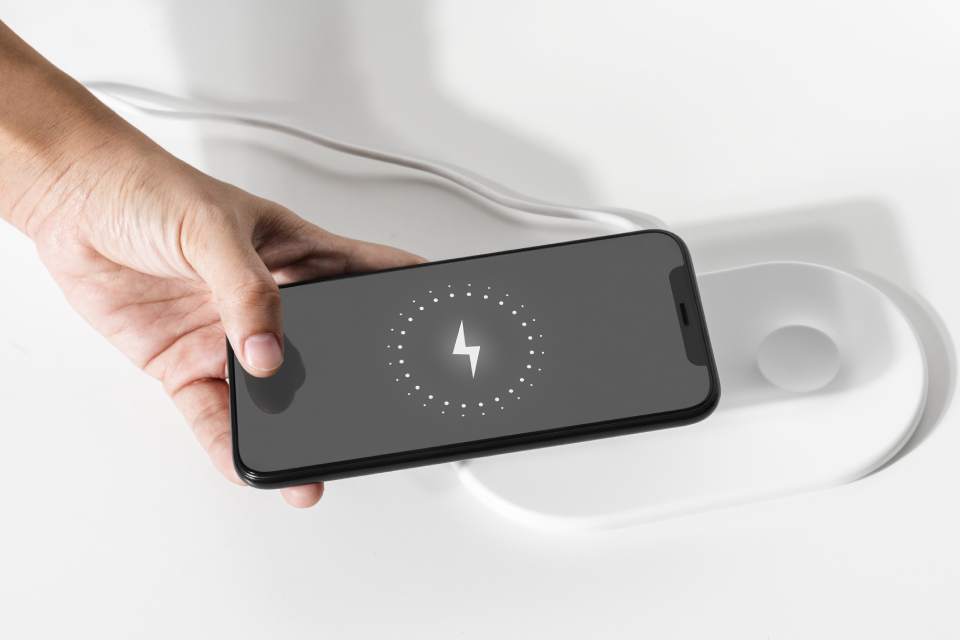Many years after we started using mobile phones and smartphones, some gray areas remain, such as the one relating to the correct practices for recharging them. Let’s find out the best ways to charge your phone and keep the battery capacity intact.
The smartphone is undoubtedly one of the devices we use the most every day. It is always close at hand: for this reason, many have even gone so far as to define it as a technological extension of the modern man’s body. Do you agree?
Given the importance of this device and its massive use inside and outside the home, it becomes essential to understand how to optimize recharging processes, safeguarding the battery and energy and prolonging them to the maximum.
In this in-depth analysis, you will discover some false myths to dispel about smartphone charging, the factors that most influence battery life, and some advice to prolong its long term.
False Myths To Debunk About Recharging Your Smartphone
Some information has become shared beliefs over time, even if it contains some errors or inaccuracies.
Myth no. 1: Recharge Only If The Battery Is Completely Discharged And Always Reach 100% Charge
It is not an obligation; on the contrary, excessively high or low states of recharge can cause chemical or thermal stress inside the battery. For this reason, many advise keeping, when possible, between a minimum of 15% and a maximum of ‘85%.
This is why many of the most modern devices have an intelligent charging system that slows down the charge at the right moment to preserve the battery.
Myth no. 2: Unofficial Power Supplies Damage The Battery
Several brands create accessories for mobile devices with an excellent level of reliability. More than the brand, it is essential to check the compatibility of the devices and the correspondence voltage and speed of the charger recommended by the device.
When we talk about wireless charging, the same rules apply; moreover, the accessory must have the Q1 standard sticker, which certifies adherence to shared practices and the presence of a reliability certification.
Myth no. 3: Overnight Charging Damages The Battery
This belief is due to the idea that the habit of recharging the smartphone at night is harmful due to the prolonged times in which it would be under “voltage.”
As anticipated, most modern smartphones are equipped with energy management technologies that prevent the battery from overheating and overcharging and, sometimes, interrupting energy flow after recharging.
Also Read: What The RCA Cable Is For And How It Works
Myth No. 4: Closing Apps Saves Energy
Until recently, we believed that closing apps as soon as you finished using them was a good habit to save energy on your smartphone: in reality, this would have the opposite effect. Forcibly stopping a battery from running would put more energy strain on your phone to wake it up than keeping it in the background. The internal algorithms can understand when to leave an application in the environment and when to keep it active, depending on the user’s habits and needs.
What Factors Affect Battery Life?
In general, several factors can influence battery life, improving or limiting it, and they are precisely the same elements to consider to optimize the charging process of our smartphone.
- The display is one element that consumes the most energy: choosing a very high brightness level for a long time means the battery is finished more quickly. Most modern smartphones allow you to activate the “adaptive” or “automatic” brightness so that the phone itself chooses the best brightness level depending on the external conditions to save energy. The number of notifications that arrive also affects battery life, especially if we have decided to receive them with the activation of the screen. Selecting only the indispensable ones will help us save energy and distract us less.
- Temperature is another element that can affect the duration: using the phone in extreme heat or cold conditions can subject it to stress, not allowing it to work in optimal conditions and wasting energy.
- The age of the battery is an additional element to consider: the duration tends to decrease with time and with prolonged use. By their nature, batteries have a certain number of recharge cycles available: the more these increase, the more we will go towards decay and decreased performance.
In an emergency, if the battery is running low while you are away from home and you don’t have a charger, it is helpful to activate the Energy saving mode, thanks to which the smartphone chooses the best settings and the elements to deactivate to save money and power.
We have finished our overview of the false myths and factors that affect the battery life of our smartphones. Now you have more elements to preserve your smartphone’s battery better, and you will know what to do when you find yourself outside without the possibility of recharging.
Also Read: Xiaomi Presents The Hyper Recharge At 200W: 100% Charge In 8 Minutes








